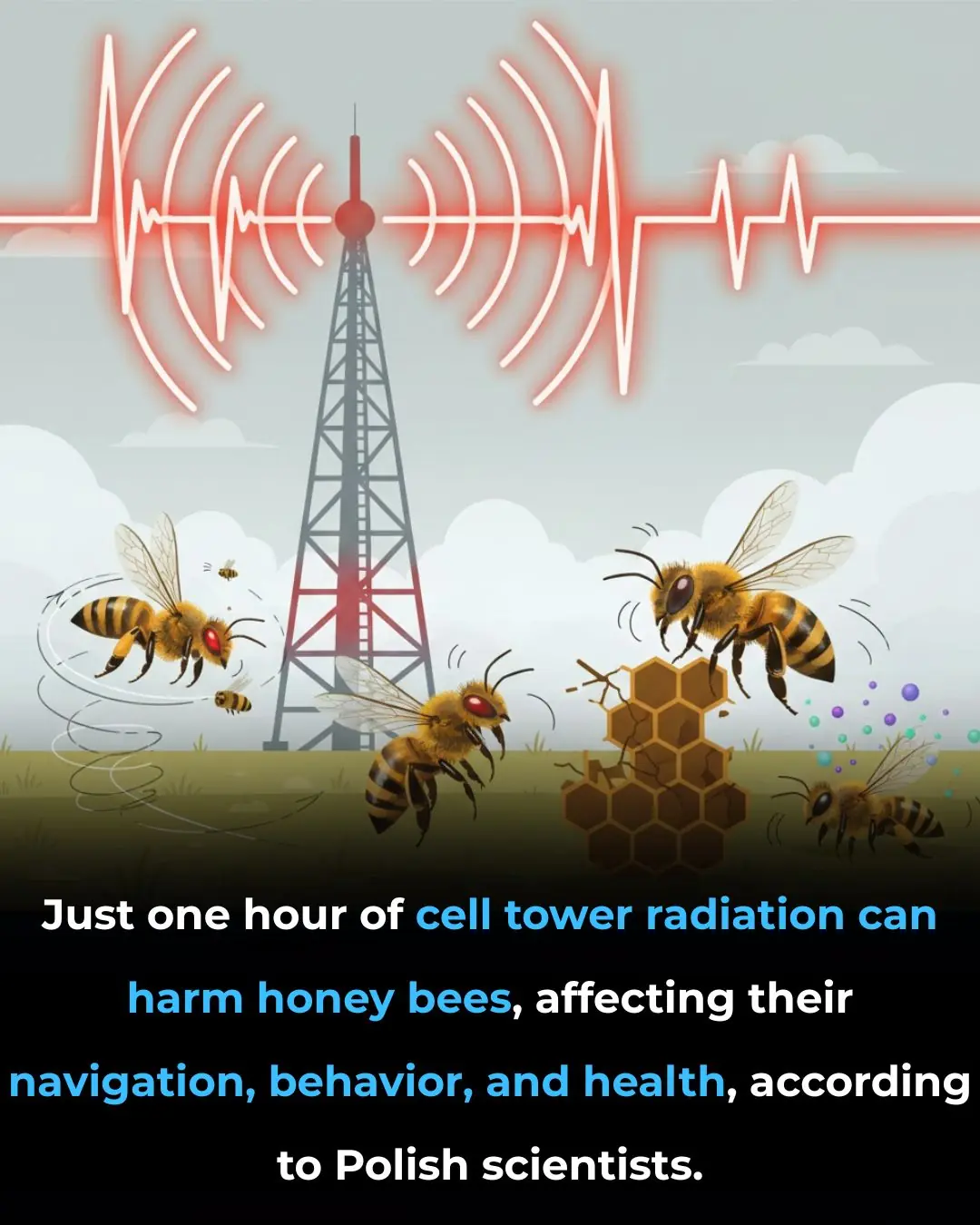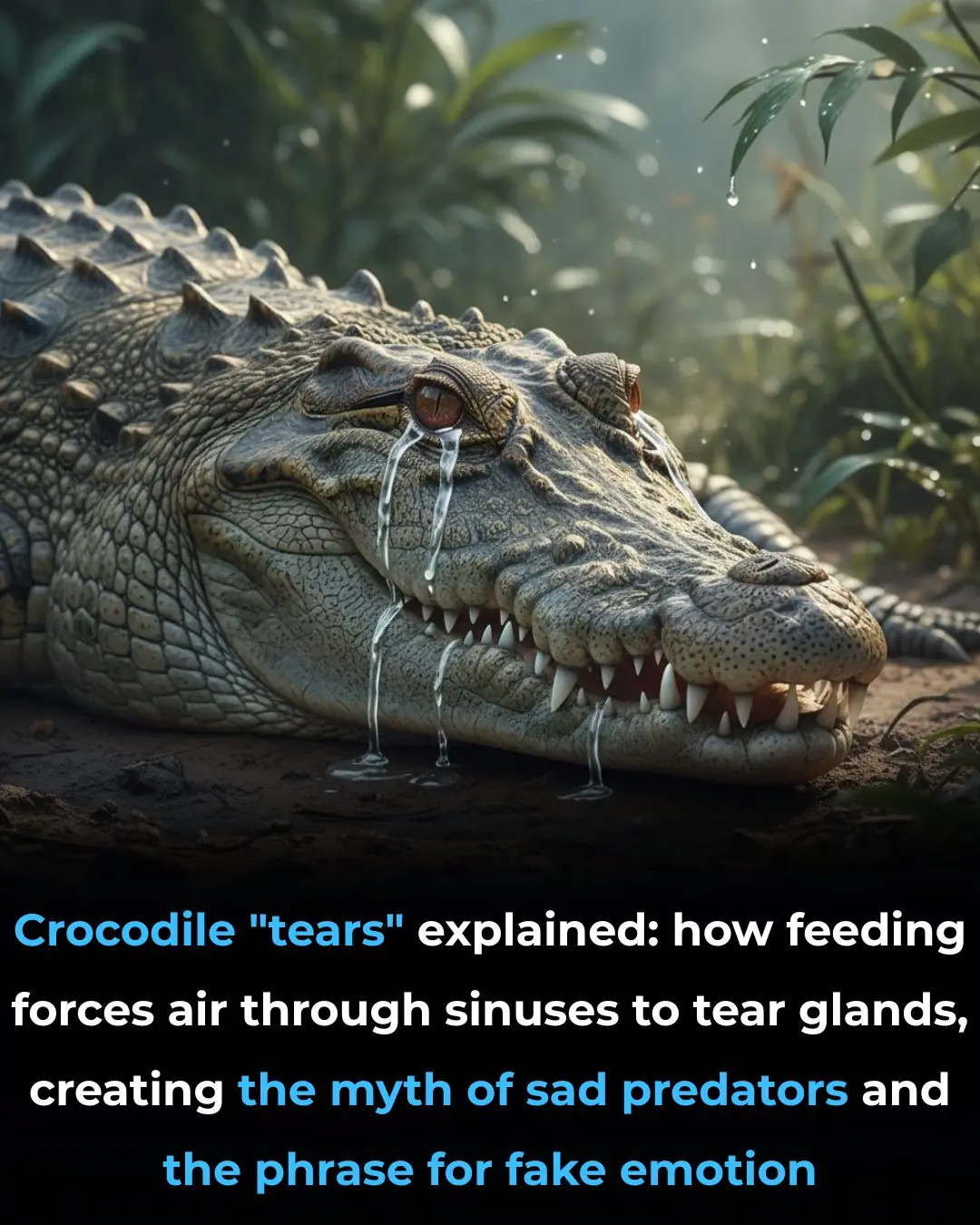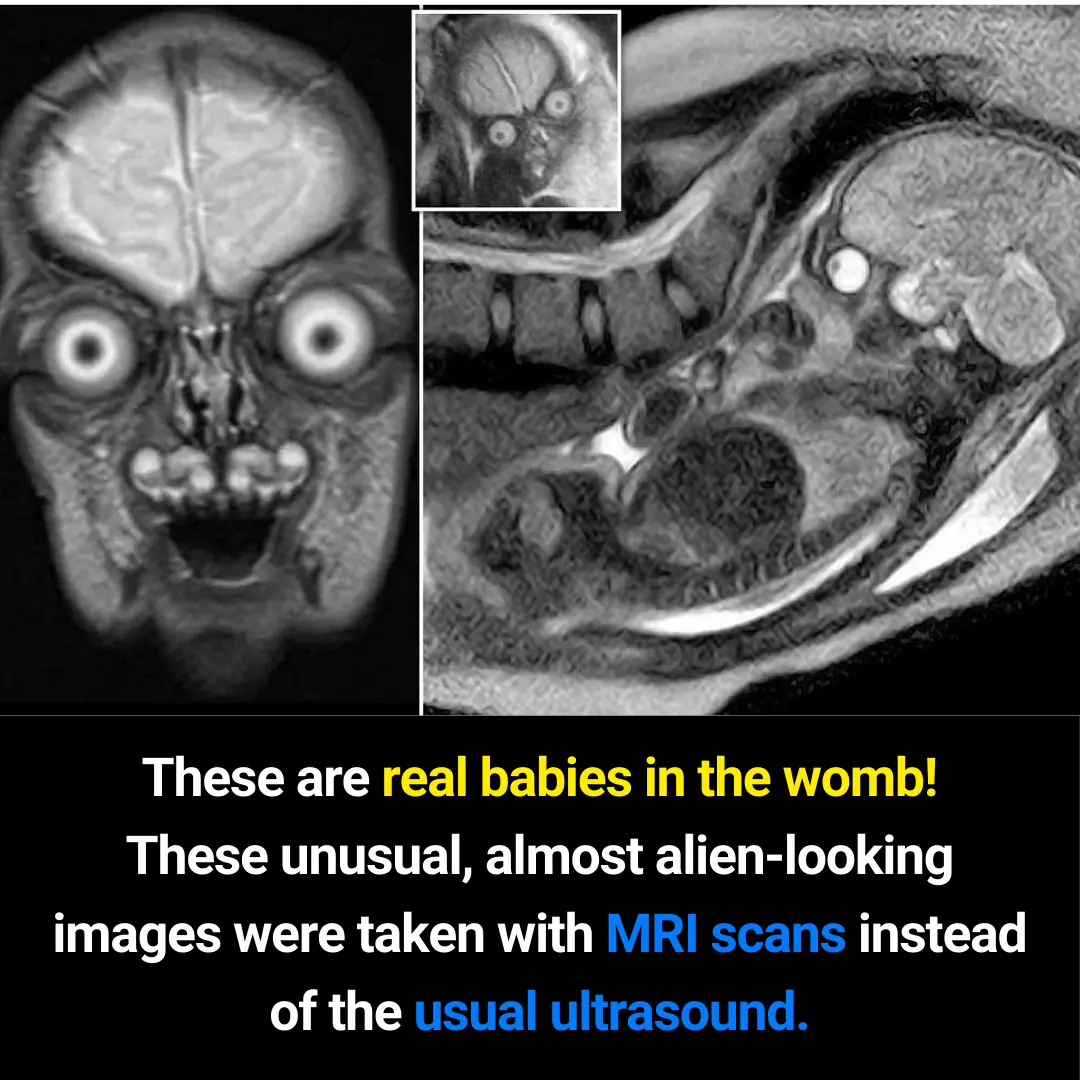
🌌 An Accidental Revolution: How the Search for Black Holes Led to the Invention of Wi-Fi
The ubiquitous technology known as Wi-Fi—the invisible backbone connecting billions of devices globally—has a truly surprising origin story. It was never the intended outcome of a commercial brief or a dedicated consumer electronics project. Instead, the fundamental breakthrough that enabled high-speed wireless data transmission emerged from an entirely different realm of science: astrophysics and the search for black holes. This extraordinary journey, led by a team of Australian scientists at the Commonwealth Scientific and Industrial Research Organisation (CSIRO), perfectly illustrates how curiosity-driven research can yield accidental, world-changing innovations.
The Cosmic Puzzle and the Problem of Interference
In the 1990s, a dedicated team of researchers at CSIRO, spearheaded by Dr. John O’Sullivan, was focused on a daunting cosmic puzzle: how to detect the extremely faint, rapidly fluctuating radio waves emanating from exploding black holes—a phenomenon known as the pulsar.
The work, however, faced a persistent and frustrating challenge inherent to radio astronomy: signal interference and reflections. When detecting faint radio signals across vast cosmic distances, the Earth's environment itself introduces overwhelming noise. Signals bounce off surfaces (like buildings or terrain) and arrive at the receiver slightly delayed, blurring the original cosmic message and making it impossible to separate the authentic signal from the static. This technical hurdle threatened to derail their entire mission.
The Breakthrough: Filtering Out the "Noise"
To overcome this seemingly insurmountable barrier, Dr. O’Sullivan's team developed an advanced mathematical technique and a specific signal processing methodology. Their goal was simple: to effectively filter out the multi-path radio reflections—the "echoes" and "noise"—so that the true, original signal from space could be cleanly isolated and analyzed.
The core principle of their solution was rooted in signal modulation and equalization, creating a fast, efficient chip that could "unsmear" the reflected signals. The team realized that if you could effectively eliminate the effect of multi-path interference for a complex astronomical signal, the same mechanism could be inverted and applied to data transmission right here on Earth. This realization was the accidental breakthrough.
The Backbone of Modern Communication
The system they designed—intended purely as an astrophysics tool—proved to be exceptionally adept at ensuring clean, high-speed data transfer within a reflective, indoor environment. It solved the decades-long problem of how to move large amounts of digital information wirelessly within buildings without requiring cumbersome infrastructure.
This technology, patented by CSIRO, became the backbone of the 802.11 standard that underpins modern Wi-Fi. It transformed the capabilities of early wireless networks and is now a technology deeply woven into daily life, powering everything from smartphones, laptops, smart homes, and entire cities. The irony remains profound: the very method created to chase the secrets of the distant universe became the key to unlocking global terrestrial communications.
The story of Wi-Fi is a compelling reminder of the invaluable nature of curiosity-driven, fundamental research. It underscores that sometimes the greatest technological leaps forward are made when scientists are pursuing knowledge for its own sake, looking for something else entirely, rather than focusing solely on immediate commercial applications.
📚 References
-
CSIRO Official Documentation: (The primary source detailing the history of the invention, the team, and the subsequent legal recognition).
-
IEEE (Institute of Electrical and Electronics Engineers) Standards Documentation: (Provides the technical context for the 802.11 standards that incorporate the CSIRO technology).
-
Nature / Scientific American: (Scientific publications often feature historical and technical deep dives into fundamental scientific breakthroughs like this).
News in the same category


🐝 The Silent Threat: Research Links Cell Tower Radiation to Harmful Effects on Honey Bee Health

Why Some Eggs Are Speckled

What Are the “Black Triangles” Between Your Teeth

Inserting a toothpick into this exact spot on the electric kettle has an amazing effect — a useful trick everyone should know

Crocodile Tears Explained: From Natural Reflex to Cultural Legend

Millions Travel Nationwide for a Nostalgic and Festive Thanksgiving Weekend

⌚ The Unassuming Icon: Casio’s Enduring Philosophy of Utility Over Luxury

✨ A Young Innovator’s Global Impact: Rachel Brouwer’s Solar Water Purifier Offers Hope to Underserved Communities

🤫 The Quiet Confidence: Why Healthy, Stable Couples Post Less on Social Media

Kamala Harris Sparks National Conversation on Lowering the Voting Age

🧠✨ Stunning MRI Images Reveal the Hidden World of Babies in the Womb

Doctors Discover First-Ever Live Worm Found in a Human Brain: A Historic Medical Case in Australia

Why Bees Land on Fresh Laundry: Understanding Their Attraction and How to Prevent It

What Are the “Black Triangles” Between Your Teeth

12-Year-Old Innovator Creates Low-Cost Virus-Removing Air Filter Adopted Across Connecticut

Billionaire Judy Faulkner, 82, Commits to Giving Away 99% of Her $7.8B Fortune

The Curious Story Behind "Ancient Lights" in UK Property Law

From Precarious to Prosperous: Denmark’s Approach to Entry-Level Jobs
News Post

THIS SEED: AFTER 50, IT STRENGTHENS BONES & CURES ALL PAINS

High Blood Pressure Has a New Culprit

Civil War Era Politician Robert Smalls Becomes First African American to Receive Monument in South Carolina

How to treat nerve pain in the foot, toes & legs

Dr. Patricia Bath Set To Make History As First Black Woman Inducted Into National Inventors Hall of Fame

Unlocking the Power of Rosemary Tea: A Natural Elixir for Mind, Body, and Soul

📈 The $5 Trillion Threshold: NVIDIA Becomes the World’s Most Valuable Company, Reshaping Global Economic Influence

Angela Davis to Keynote Largest Black Feminist Conference in the Nation

🐝 The Silent Threat: Research Links Cell Tower Radiation to Harmful Effects on Honey Bee Health

NYC-Based Events Company Is Creating Spaces to Empower Indy Black Artists Across the East Coast

Why Some Eggs Are Speckled

Drinking Water the Right Way

This is the correct way to preserve pork in the freezer: The meat will not dry out, and will still retain all its nutrients for a whole month.

Pour salt into the toilet, everyone calls you crazy but know its uses and do it at home right away

What Are the “Black Triangles” Between Your Teeth

Inserting a toothpick into this exact spot on the electric kettle has an amazing effect — a useful trick everyone should know

Amazing uses of pouring vinegar on meat: Everyone who knows will want to do it too

Chef reveals secret to stir-frying soft, lump-free vermicelli noodles that even the most clumsy person can easily do
